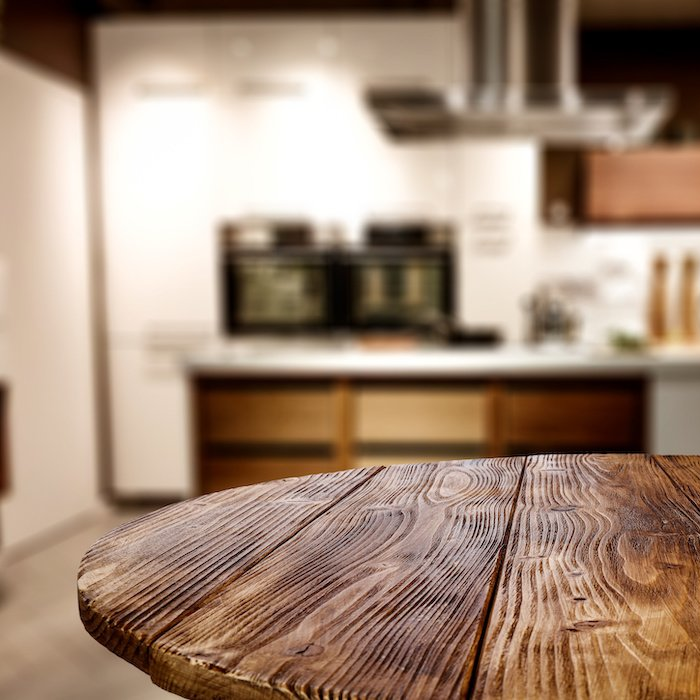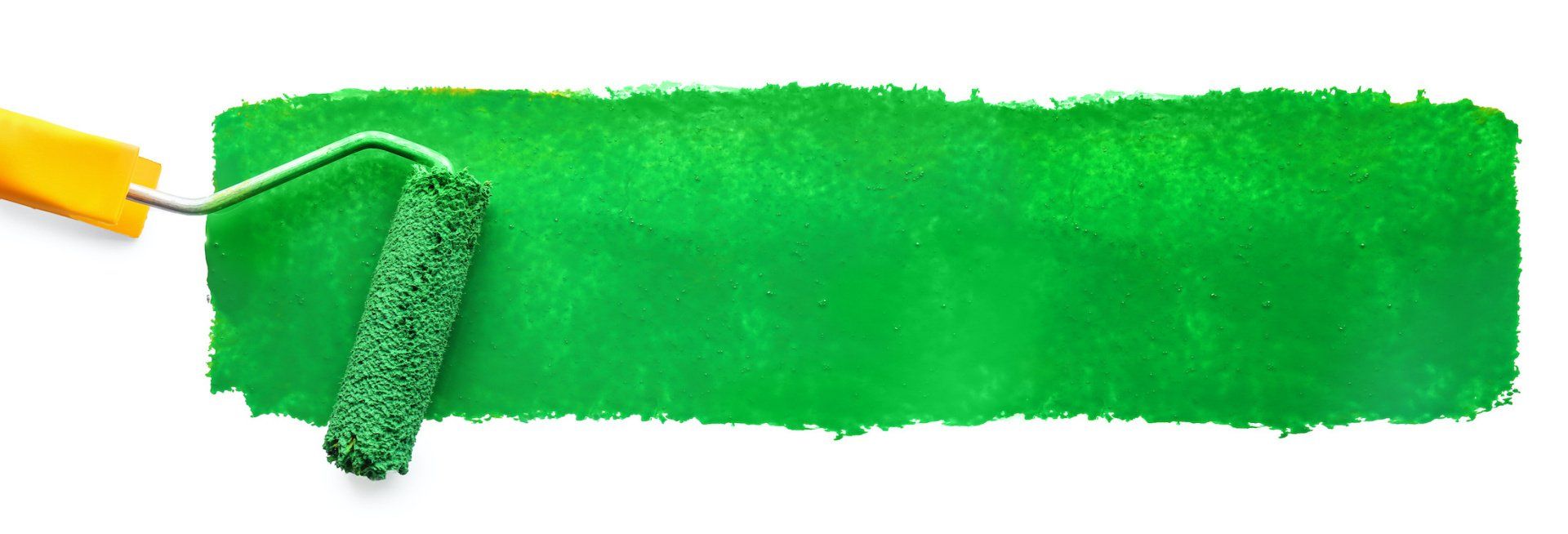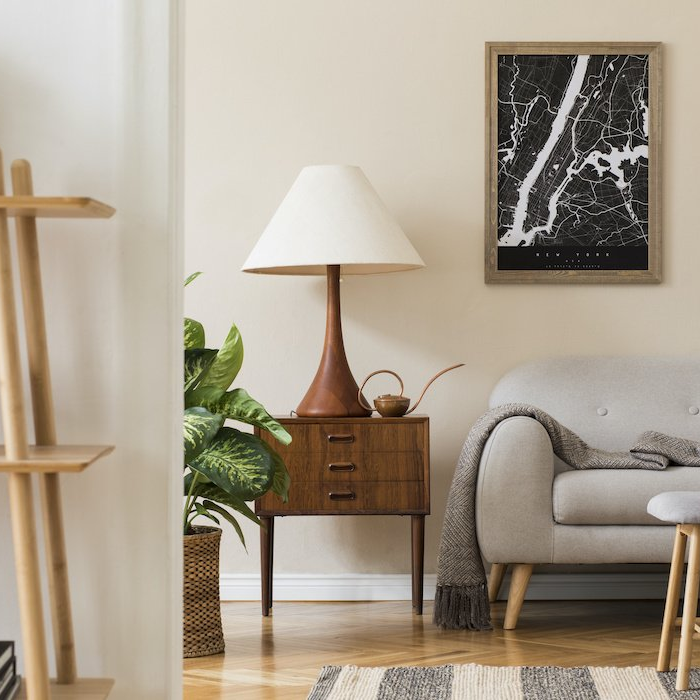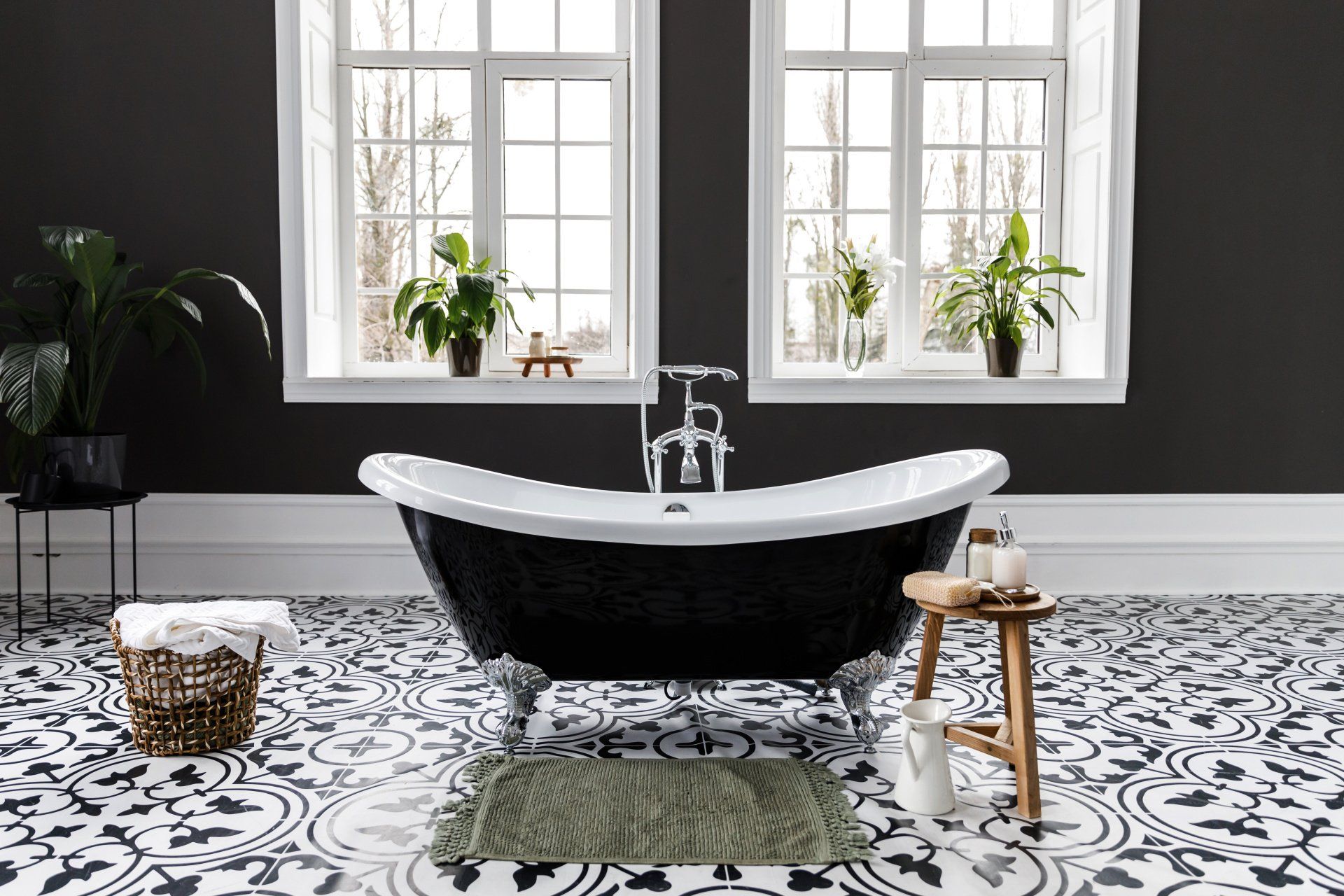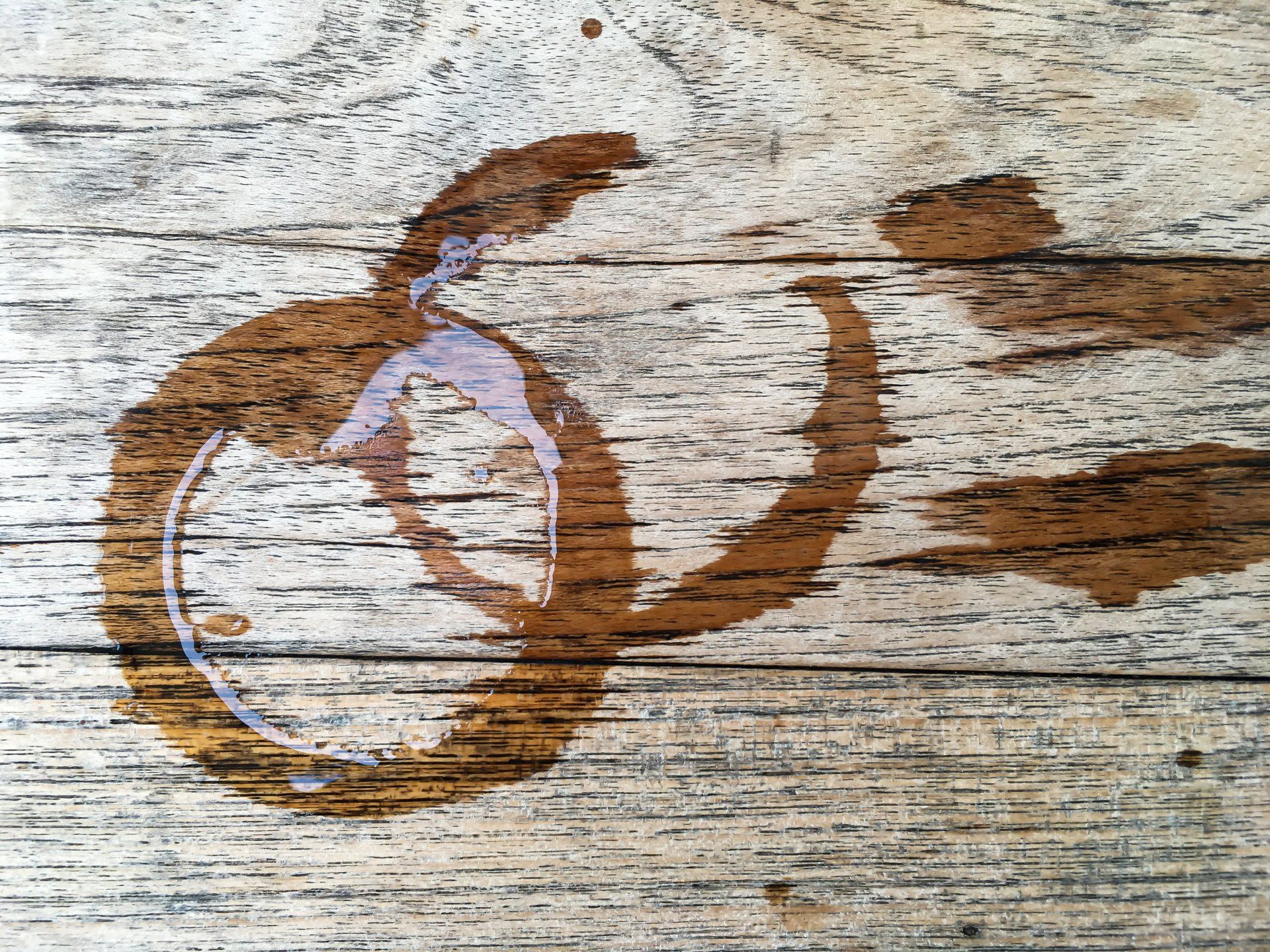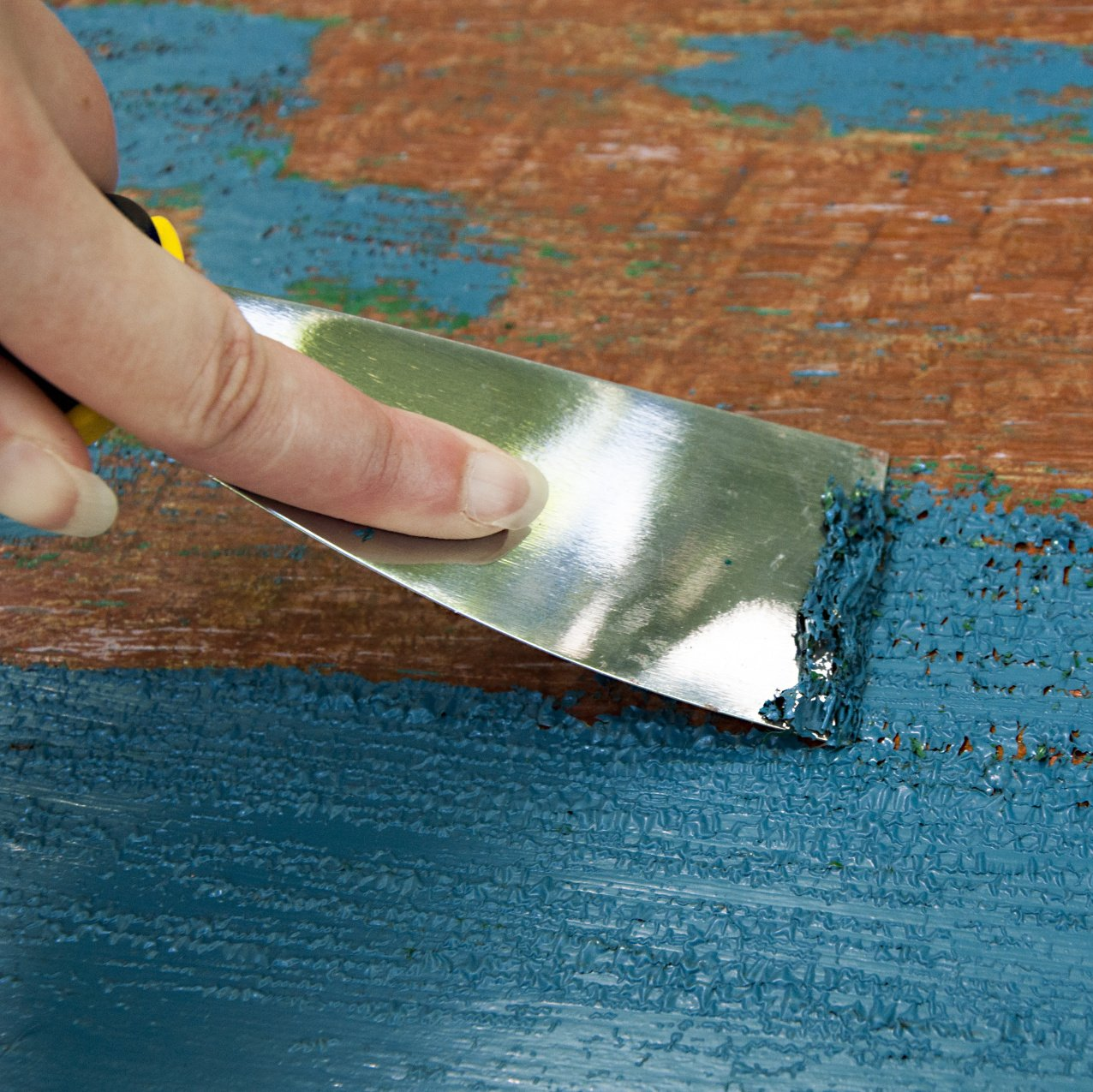Avoid The Most Common Painting Mistakes
Sam Lutz • January 20, 2015
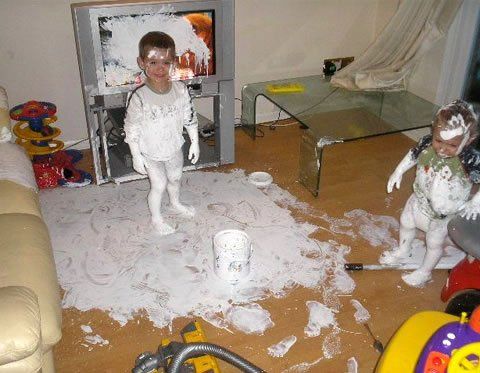
You’ve probably painted a room or two in your life. If you have, you know that painting mistakes are easy to make and can be hard to fix. We want to help you avoid these mistakes, because we want your home painting projects to turn out beautifully. We’re posting these common paint pitfalls so your home painting projects will look professional and the process will be more enjoyable.
- Painting in High Humidity: Painting at a time when humidity is high can result in longer drying times for water-based paints. If you’re applying multiple coats to the walls (and for most paint types, you should), this could mean that your half-day project could take all day. In cases when humidity is very high, the paint may end up bubbling or blistering as it dries. If you’re painting indoors and the humidity levels are 90% or greater, run your air conditioner to prevent problems.
- Attempting Cold-Weather Exterior Painting: Painting in temperatures below 50 degrees Fahrenheit used to be a big no-no, but modern paint innovations have relaxed the rules a bit. Still, most paints will have a minimum temperature requirement for proper curing. This minimum temperature can vary, but as a general rule, temperatures above 39 degrees are acceptable. Check the can before painting outdoors in cold weather.
- Using Cheap Paint Brushes: Cheap paint brushes lose bristles on the walls, make tough jobs like cutting in more difficult and can result in an uneven application of paint. Overall, cheap paint brushes make your job harder and slow your progress. Good quality paint brushes may cost more, but they make up for the price difference with a smooth, easy application and a professional finish.
- Using Improper Brush Cleaning Tactics: Cleaning the paint brushes at the end of the day is a pain, but shirking the job will ruin the brushes, result in waste money and may force you to make an extra trip to the store for more paint supplies. For long multi-day paint projects, paint brushes and rollers can both be stored in the refrigerator overnight, no cleaning necessary. Simply wrap the paintbrushes in foil, place them in a baggie and store them somewhere away from your food. This method allows you to stash your paint brushes without cleaning them at the end of the day, so you can pick up where you left off in the morning.
- Failure to Properly Prepare the Room: Before you start painting, you must prepare the room. Wash the walls to ensure paint adhesion. Move out the furniture and cover the floors with tarps. Take down your smoke detectors, outlet covers and vent covers. Cover door knobs on the doors. Use painter's tape to protect any edges where paint won't be applied. These steps may seem unnecessary, but they're important. Preparing the room will result in a more perfect paint job, and you'll be happier with the results.
- Skipping the Additional Coats: Some paints are specially designed to adequately cover the wall in one coat, but most paints require multiple coats for proper coverage. Trying to get away with a single coat of paint can result in splotchy and inadequate coverage.
At Ace Paint and Unfinished Furniture, we want your exterior and interior paint projects to be gorgeous. Stop by any time for more advice and for high quality paint products. We look forward to seeing you!
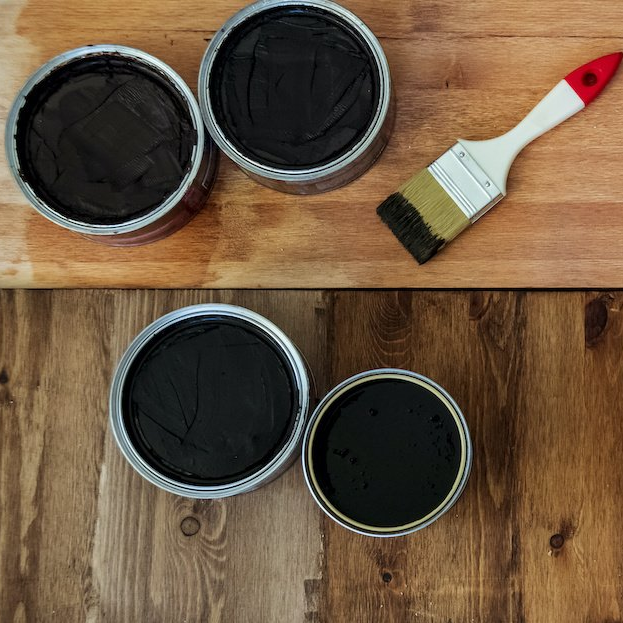
One of the wonderful things about good wood furniture is that it doesn’t have to be merely functional. It can be beautiful as well. We’ve seen some amazing pieces made with wood stains that are more than just furniture, they’re works of art. So if you’ve got an old table, desk or other piece of wood furniture that needs jazzed up, why don’t you consider using some of our great stains to try one of these ideas.

